Yellowstone National Park, America’s first national park, is renowned for its captivating landscapes, geothermal wonders, and abundant wildlife. However, the park’s rich human history is equally fascinating, spanning thousands of years and encompassing the stories of Indigenous peoples, explorers, settlers, and conservationists. This visitor’s guide delves into the history of Yellowstone National Park, providing a comprehensive and engaging account of the park’s past and its significance for understanding the present.
Indigenous Peoples of Yellowstone
Long before Yellowstone became a national park, it was home to various Indigenous peoples who lived in harmony with the land. The park’s traditional custodians include the Shoshone, Bannock, Nez Perce, Crow, Blackfeet, and others, who relied on the region for sustenance, spiritual practices, and cultural identity.
The Importance of Yellowstone for Native American Cultures
For thousands of years, Indigenous peoples have maintained strong connections to Yellowstone’s landscapes, resources, and ecosystems. They hunted, fished, and gathered plants for food and medicine, while also utilizing the park’s unique geothermal features for bathing and cleansing. Many of the park’s natural features hold spiritual significance for these communities, and their oral histories and traditions reflect their deep respect and reverence for the land.
Historical Artifacts Discovered in Yellowstone
Archaeological evidence found within Yellowstone National Park provides valuable insights into the lives of the Indigenous peoples who once inhabited the region. Tools, pottery, and other artifacts have been discovered at various sites, some dating back over 11,000 years. These findings, along with oral histories and traditional knowledge, help piece together the rich human history of Yellowstone.
Exploration of Yellowstone
European-American exploration of the Yellowstone region began in the early 19th century, as trappers and fur traders ventured into the area. These early explorers shared tales of the region’s remarkable natural wonders, sparking interest and curiosity among scientists, artists, and adventurers. The late 19th century saw a series of expeditions that would significantly impact Yellowstone’s future, including:
- The Folsom-Cook-Peterson Expedition (1869): The first organized exploration of the Yellowstone region, this privately funded trip led to increased awareness of the area’s wonders, such as geysers and hot springs.
- The Washburn-Langford-Doane Expedition (1870): A government-sponsored expedition that mapped and documented the region’s features, including Yellowstone Lake and the Grand Canyon of the Yellowstone.
- The Hayden Geological Survey (1871): Led by Ferdinand V. Hayden, this scientific expedition produced detailed maps, photographs, and illustrations of the region, which would prove instrumental in the establishment of Yellowstone National Park.
Political Discussions and the Formation of Yellowstone National Park
The reports and findings from these expeditions garnered national attention and generated support for the protection of Yellowstone’s unique landscapes. Notably, the Hayden Geological Survey played a crucial role in advocating for the establishment of a national park. With the support of influential figures such as conservationist John Muir and artist Thomas Moran, a movement to protect Yellowstone from commercial exploitation gained momentum.
On March 1, 1872, President Ulysses S. Grant signed the Yellowstone National Park Protection Act into law, establishing Yellowstone as the world’s first national park. This landmark legislation recognized the area’s extraordinary natural beauty and ensured
openai@feedsocialmedia.com
continue
its preservation for the enjoyment of future generations. The establishment of Yellowstone National Park marked the beginning of the United States’ national park system and laid the foundation for the global conservation movement.
Changes to the Park Boundaries
Since its establishment in 1872, the boundaries of Yellowstone National Park have evolved. Initially encompassing 2.2 million acres, the park’s size was later reduced to 2 million acres to accommodate the creation of Shoshone National Forest. Over the years, minor adjustments were made to the park’s borders to better align with natural features and land management objectives. Today, Yellowstone National Park spans approximately 2.2 million acres, a testament to the commitment to preserving its extraordinary landscapes and ecosystems.
Infrastructure Improvements in Yellowstone
As visitation to Yellowstone National Park increased, the need for infrastructure improvements became evident. In the late 19th and early 20th centuries, significant efforts were made to develop the park’s roads, trails, and facilities, making it more accessible to visitors.
The Army’s Role in Park Development
From 1886 to 1918, the U.S. Army played a crucial role in the development and management of Yellowstone National Park. Tasked with protecting the park’s natural and cultural resources, the Army constructed roads, bridges, and buildings, and implemented policies to regulate visitation and resource use. Many of the park’s early infrastructure improvements, such as the construction of Fort Yellowstone, were carried out under the Army’s supervision.
The National Park Service and Continued Development
In 1916, the National Park Service (NPS) was established, and it assumed management of Yellowstone in 1918. Under NPS stewardship, infrastructure improvements continued, with the construction of new roads, trails, campgrounds, and visitor centers. The NPS also focused on preserving the park’s natural and cultural resources, balancing the need for visitor access with long-term conservation goals.
Historic Structures and Architecture
Yellowstone National Park is home to many historic structures that reflect the park’s development and architectural history. Notable examples include the Old Faithful Inn, a striking log structure built in 1903-1904, and the iconic Roosevelt Arch, a massive stone entrance gateway dedicated by President Theodore Roosevelt in 1903. These historic structures, along with others throughout the park, provide a glimpse into Yellowstone’s past and its ongoing commitment to preservation and conservation.
Conclusion
Yellowstone National Park’s rich history encompasses the stories of Indigenous peoples, explorers, settlers, and conservationists, all of whom have shaped the park’s present-day identity. As a visitor to this extraordinary place, gaining an understanding of Yellowstone’s human history enhances the appreciation of its natural wonders and deepens the connection to the land. The establishment of Yellowstone National Park marked the beginning of a global conservation movement, and its ongoing protection and stewardship serve as an enduring legacy for future generations to enjoy and cherish.


